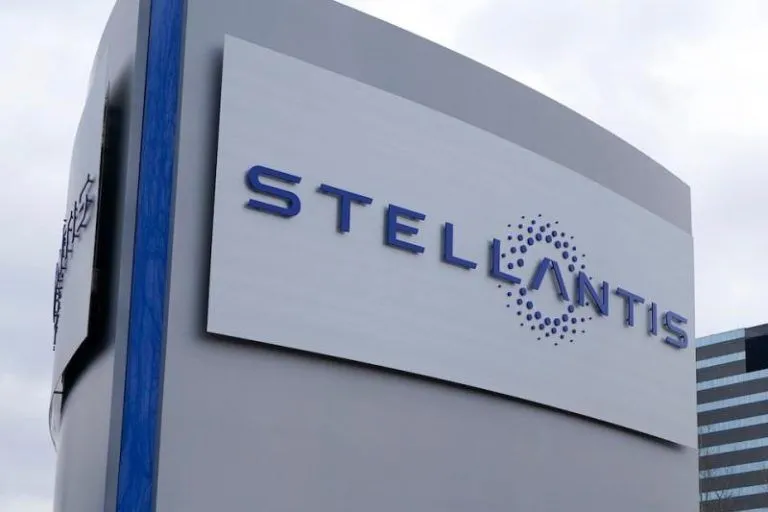Stellantis cuts 400 US jobs, citing unavoidable reasons
Stellantis, the parent company of Chrysler, is undergoing a transformative process to optimize its operations and embrace long-term sustainability. As part of this strategy, Stellantis recently announced plans to reduce its salaried workforce in the United States by approximately 400 employees.
Adapting to Market Forces
The automotive industry is experiencing significant change, driven by shifting consumer preferences, technological advances, and regulatory pressures. Like its peers, Stellantis is navigating this landscape by implementing strategic moves to enhance competitiveness and sustainability. The workforce reduction underscores the company’s proactive response to market challenges, including vulnerabilities arising from geopolitical tensions, supply chain disruptions, and the transition to electric vehicles (EVs).
Streamlining Operations for Productivity
Efficiency and cost optimization are crucial for Stellantis as it works to strengthen its position in a rapidly evolving market. By streamlining its workforce, especially within engineering/technology and program offices, the company aims to align its organizational structure with evolving industry needs. The cuts represent a focused approach to eliminate excess, improve decision-making agility, and enhance overall operational effectiveness. Stellantis’ commitment to structural optimization demonstrates its dedication to emerging stronger from market headwinds.
Embracing Electric Mobility
Stellantis’ workforce reduction strategy is closely tied to its strategic shift towards electric mobility. With ambitious plans to introduce at least 25 battery-electric models in the United States by 2030, the company is reshaping its product portfolio and investing heavily in EV technology. The cuts are part of Stellantis’ broader efforts to reallocate resources and capabilities toward electric vehicle development and manufacturing. By adapting its workforce to the demands of the future automotive landscape, Stellantis aims to position itself as a leader in sustainable mobility solutions.
Exploring Worker Relations
While workforce reductions are necessary for Stellantis to adapt to changing market conditions, they also present challenges in terms of employee morale and union relations. The United Auto Workers (UAW) has expressed concerns over the termination of temporary employees and the impact on job security. Stellantis’ commitment to offering buyouts to experienced manufacturing and skilled trades workers underscores its dedication to supporting affected personnel through the transition period. Effective communication, transparent decision-making, and proactive engagement with labor unions will be crucial to mitigating tensions and fostering a culture of collaboration and mutual respect.
Stellantis’ workforce reduction process reflects its proactive approach to navigating the complexities of the automotive industry’s transformation. By streamlining operations, embracing electric mobility, and prioritizing efficiency, the company is positioning itself for long-term success in a dynamic and competitive market. While challenges remain ahead, Stellantis remains committed to driving progress, cultivating employee well-being, and delivering value to its stakeholders. As the automotive sector continues to evolve, Stellantis is well-positioned to lead the charge toward a more sustainable and connected future.



Comments
Post a Comment